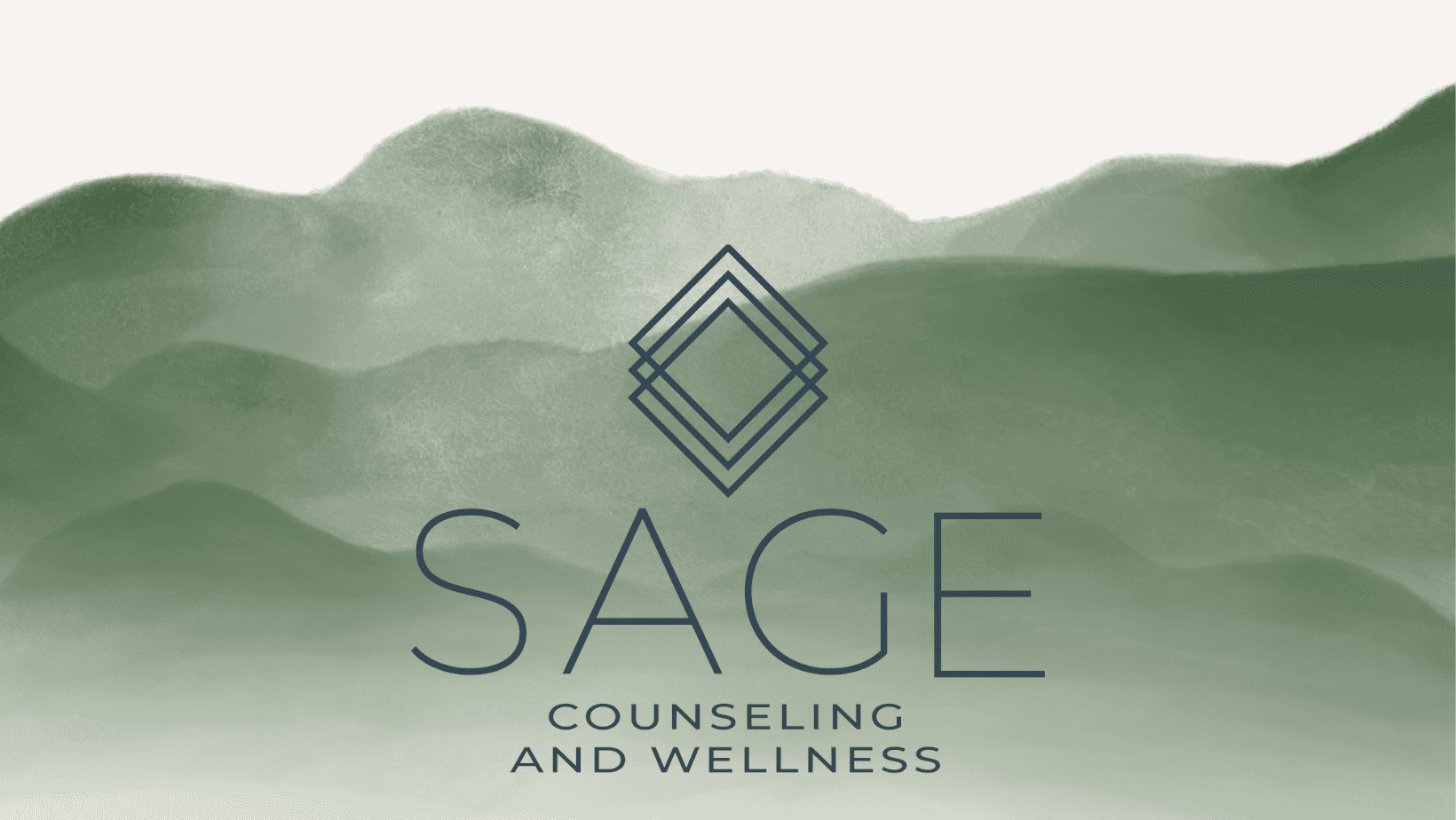
Learning the Libido: Everything You Need to Know
This post may contain affiliate links, which means we may receive a commission, at no extra cost to you, if you make a purchase through a link. Please see our full disclosure https://www.rachelbutlercounseling.com/disclosure-privacy-policy-terms-of-use/ for further information.
Sex: a topic that is widely discussed but can still make any conversation awkward. In the Psychology World, the “Sex Conversation” jitters can be common for individuals and couples seeking sex therapy.
Why—you may ask? This usually comes from a place of not being fully informed on how in-depth the conversation of sex goes. When looking past just the act, we are able to look behind the scenes of our emotions, behaviors, and starting place of where our desires emerge from.
In Sex Therapy, appreciating these building blocks helps to build intimacy, satisfaction, communication, and many more sexual aspects of the relationship. On this topic, we begin at the basics, starting with The Libido.
What is the Libido?
The term “Libido” is used to describe the energy that derives from sexual instincts. The origin of this term came from the psychoanalytic, Sigmund Freud. He believed in the power and makeup of unconscious urges that turn into beliefs and behaviors by humans. Specifically, he discovered the Libido as being a part of the Id– the part of our mind that searches for instant satisfaction. This has over time developed into the term, “The Pleasure Principle”.
However, outside of its Freudian context, the modern-day definition of Libido refers to a person’s sex drive. This drive consists of the biological, psychological, and sociological factors that influence one’s overall sexual energy.
Some factors that can influence libido are:
1. Medical Conditions:
This includes dealing with illnesses, fatigue, and adapting to new medications. For example, sexual disorders such as hypoactive sexual drive disorder and female sexual arousal disorder can also affect your drive as well.
2. Psychological Factors:
This includes stressors of the mind in our personality, age, relationship status, and life experiences. For example, having difficulties with body image, self-esteem, and depression can sway someone towards not wanting to engage in sex.
3. Sex Hormones:
These mainly include estrogen (female hormone) and testosterone (male hormone). These are the hormones that are responsible for the physical component that guides our sex drive.
4. Social Issues:
This includes external factors. For example, loneliness, intimacy issues, and poor relationships can play a role in low libido.
When it comes to the libido, it can look and feel different depending on the person. And one of the common misconceptions about libido is that it is the same thing as our sexuality. However, it is only one part of it. Being that sexuality consists of our feelings, thoughts, and behaviors surrounding sex, the libido is the driving energy behind acting on these urges.
In addition, our sexuality often indicates our orientation as well. These elements intertwine together, building the big picture of sex beyond the act itself.
Libido and Sexual Desire:
Though defined differently, the libido often intertwines with types of sexual desire. These are helpful in understanding how to further activate your own.
1. Spontaneous Sexual Desire
Spontaneous Sexual Desire shows up instantly. In this case, the presence of stimulation is not needed in order to activate it. Research has found that 75% of men and 15% of women experience spontaneous sexual desire. Being that this type of desire isn’t experienced fully by both genders, it was clear that more research was needed.
2. Responsive Sexual Desire
Responsive Sexual Desire happens when someone takes an interest in sex in response to being stimulated. Research found that 30% of women and 5% of men experience this type of desire. Responsive Sexual Desire can look like preferring that your partner makes the first move so that it activates your wanting for intimacy.
3. Contextual Sexual Desire
Contextual Sexual Desire takes place when sexual desire becomes dependent on the conditions of the environment. This is commonly experienced across genders being that context often plays a huge role in sexual interactions. This means that Contextual Desire can look like not wanting to engage in sex because you’re exhausted from a long work day or because there is company in the other room. In this case, engaging in sex is not prioritized because of what’s happening in the here and now.
It is important to remember that while you may experience one sexual desire more than the other, you are not limited to it. Taking the time to explore your drive with and without the presence of a partner is key to understanding your sexual temperament more.
Myths about thee libido:
Being that sex is a taboo subject, the interpretation of libido is often influenced by societal views that aren’t always true. Here are some common myths about the libido, debunked:
1. Not engaging or thinking about sex means that have a low libido.
It is important to understand the difference between having sex and having a desire for sex. Sometimes, engaging in sex can be less prioritized when trying to obtain a degree, taking care of a child or loved one, or even practicing celibacy and patience until you find a romantic partner that suits your needs. Deciding to not have sex does not mean you are not interested in it.
2. Your libido should always be the same.
Just like the rest of our bodies, our libidos are constantly changing. It’s understandable for this to be confusing but, there are internal and external factors that play a role in our sexual energy. Paying attention to how our bodies age, deal with stress, and even mood changes are a few helpful ways to be aware of libido changes.
3. Your libido should match your partner’s.
In relationships, embracing differences between you and your partner can be difficult. This goes for the libido as well and can be seen in many relationships, including marriages. While it can be awkward, this is a healthy choice to embrace! Not only does this maintain a sense of individuality between partners, but it opens up communication, leading to increased intimacy that is also balanced.
4. Men don’t experience low libido.
In society, men are usually depicted as the predominant gender who can’t get enough sex. While this may feel true for some men, regardless of gender, men equally experience relational and environmental impacts on their libido.
5. There’s no turning back if your libido drops.
Remember, the Libido is not static. This means it will have its natural highs and lows and can come back to its natural balance. Maintaining a routine of healthy lifestyle choices, check-ins with healthcare providers, and consistent patience with your body is the best support you can give yourself in this journey.
To discuss how therapy could help you during this season of your life, please contact me or schedule your free 15 minute consultation.
References:
Aristone, C. (2018, February 6). When the urge is uneven: Understanding the universe of sexual desire. Goodtherapy.org Therapy Blog. https://www.goodtherapy.org/blog/when-urge-is-uneven-understanding-universe-of-sexual-desire-0206185
Cherry, K. (2006, January 12). How the field of psychology defines libido. Verywell Mind. https://www.verywellmind.com/what-is-the-libido-2795329
Demmer, J. (2023, February 15). Understanding libido and its variability. Health. https://www.health.com/libido-7098982
Perkins, K.-A. (2022, November 21). An OB/GYN debunks 5 libido myths. What’s Good by V; The Vitamin Shoppe. https://whatsgood.vitaminshoppe.com/libido-myths/
Shea, C. (2021, March 10). Is your libido low or do you have responsive desire? Calee Shea. https://caleeshea.com/sex/do-you-have-responsive-desire/
Want to read more? Here are a few of my related blog posts you may be interested in checking out!




0 Comments